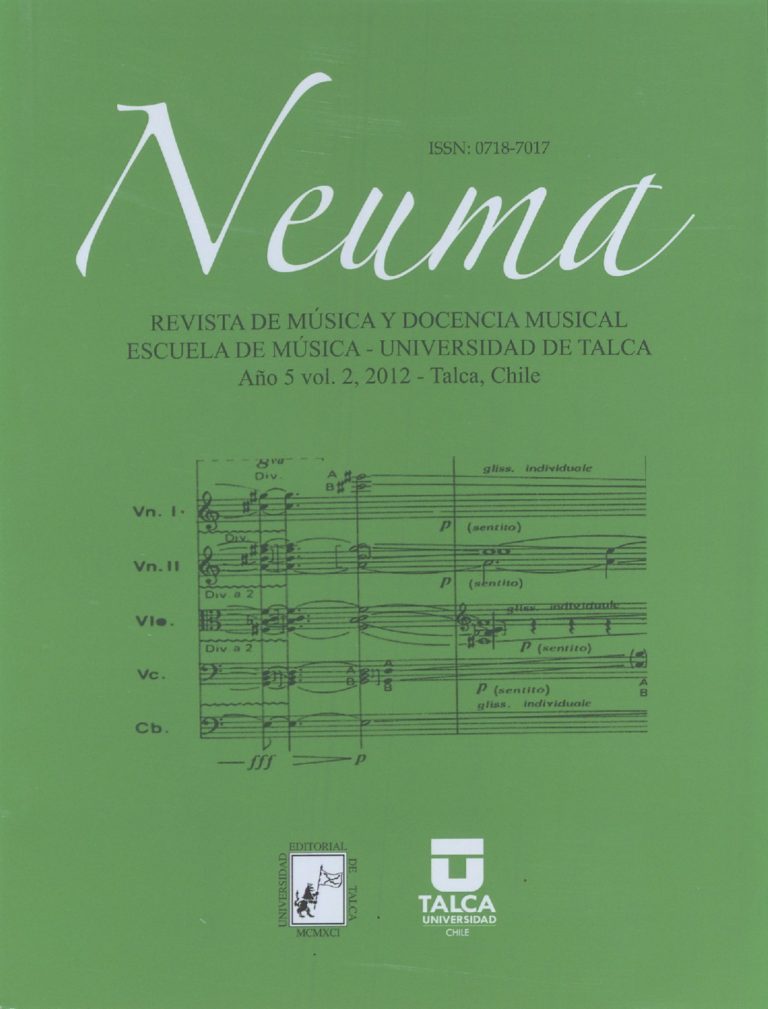Abstract
This paper examines how the composer faces address a compositional language at a particular point in history, rejecting the tendency to justify the use of serial technique as an ideological basis and adopting a creative approach that reflects a reality in which the human conflicts are a product of society. It exemplifies this approach through numerous examples that support their conception of the sound material is an objective reality, and the perception of sound generates a deeper understanding of the world and of men.
References
Duarte Loza, Daniel (2007). “Sobre Liebeslied de Luigi Nono” Versión electrónica disponible en: www.saccom.org.ar/2003_reunion3/actas/DanielDuarteLoza.pdf
Raposo, Juan José Martín (2009). Luigi nono. Epitafios lorquianos. Estudio musicológico y analítico. Hergue editora andaluza.
Pareyón, Gabriel (2007). “Il canto sospeso de Luigi Nono. Forma intuida, forma cierta, transfinita”. Centro Nacional de Investigación, Documentación e Información Musical “Carlos Chávez” Versión electrónica disponible en: https://helda.helsinki.fi/bitstream/handle/10138/25639/Il_canto_sospeso.pdf?sequence=2 Fecha de último acceso: 25/07/2012
Pestazzolla. Luigi (1963). “Luigi Nono” Revista Musical Chilena. Vol. 17, N. 85. http://www.mynetcologne.de/~nc-muehlemo/nono/kurs_spanisch.htm#9 Fecha de último acceso: 25/07/2012

This work is licensed under a Creative Commons Attribution-NonCommercial 4.0 International License.
Copyright (c) 2012 Neuma (Talca)

